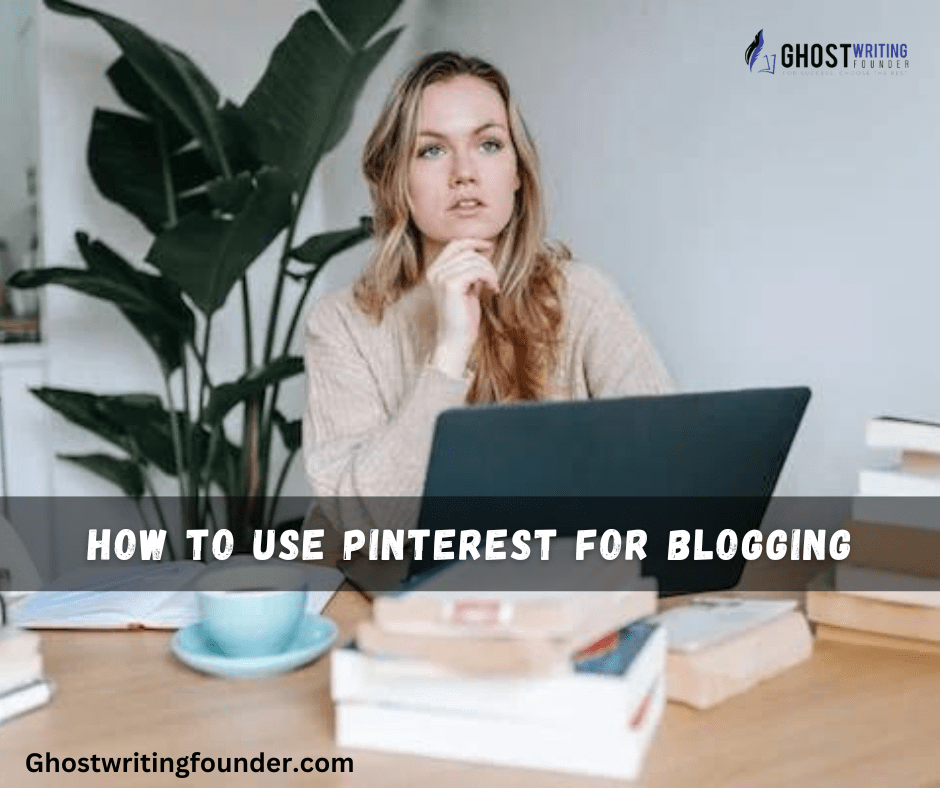
Marketing Writing
Pinterest is more than just another social networking site; it’s a visual search engine that helps you find and bookmark ideas across many categories.
With more than 450 million daily users all over the world. Pinterest for blogging is a great way for bloggers to showcase their work and attract new viewers. The unique way people use Pinterest makes it an interesting platform where writers can gain more attention and drive website traffic.
Setting Up Your Pinterest Account:
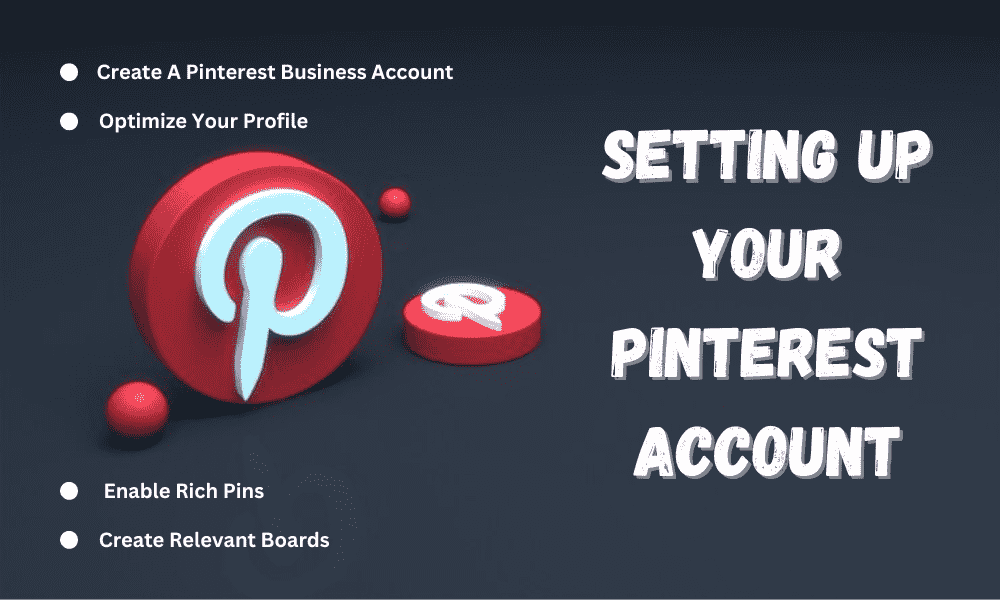
To start using Pinterest for blogging, you must create a Pinterest business account. A business account provides access to valuable analytics and marketing tools that can help you track your performance and optimize your Pinterest strategy.
Here’s a step-by-step guide to setting up your Pinterest account:
Step 1: Create a Pinterest Business Account
Go to the Pinterest homepage and click the “Sign up” button. Follow the prompts to create your account and select the business account option.
Step 2: Optimize Your Profile
Fill in your profile information, including your blog name, description, and website URL. Use relevant keywords in your description to optimize your profile for search.
Step 3: Enable Rich Pins
Rich pins add extra information to your pins, making them more informative and engaging. You’ll need to add metadata to your website to enable rich pins. Pinterest provides detailed instructions on how to set up rich pins in their help center.
Step 4: Create Relevant Boards
Organize your Pinterest boards based on different topics or categories relevant to your blog. Ensure that your boards have eye-catching cover images and descriptive titles.
Optimizing Your Pins
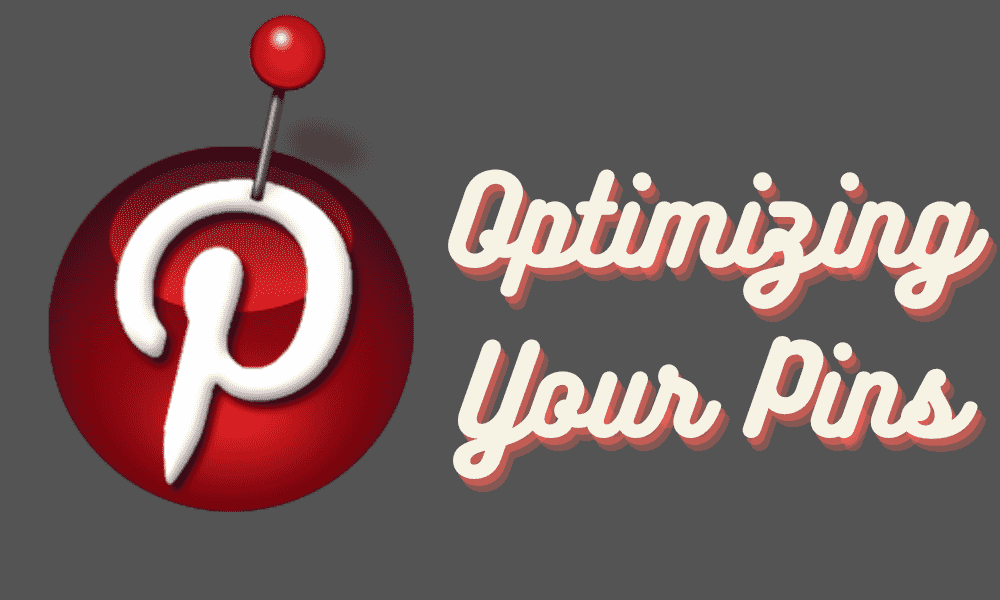
Pinterest is a highly visual platform, and creating visually appealing pins is essential for attracting attention and generating clicks.
Here are some Ghostwriting Founder tips to optimize your pins:
1-Create Eye-Catching Pin Graphics
Design visually appealing pin graphics that stand out in the Pinterest feed. Use high-quality images, bold fonts, and vibrant colors to capture users’ attention, ensuring your pins are as compelling as the Best Book Cover Designs featured on your favorite novels. Experiment with different pin dimensions to see what works best for your content.
2-Add Engaging Descriptions
Craft compelling descriptions for your pins that include relevant keywords. Use clear self publishing and concise language to convey the value and benefit of clicking through to your blog.
3-Utilize Rich Pins
As mentioned earlier, enable rich pins to provide additional information and context to your pins. Rich pins can include article headlines, author names, and even pricing details for product pins. This extra information helps users understand your content better and increases the chances of engagement.
Implementing an Effective Pinterest Strategy
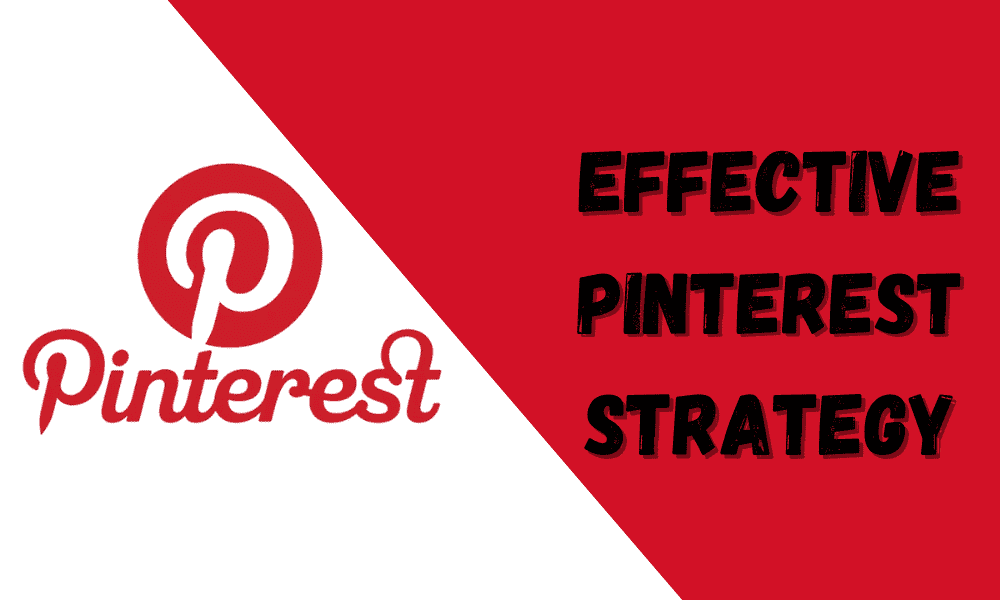
To make the most of Pinterest for blogging, it’s essential to have a well-defined strategy in place.
Here are some key aspects to consider when developing your Pinterest strategy:
1-Research Relevant Keywords
Conduct keyword research to identify popular and relevant keywords in your niche. Use these keywords in your pin descriptions, board titles, and profile to improve your visibility in Pinterest search results.
2-Create and Curate High-Quality Content
Consistently create high-quality blog posts that resonate with your target audience. Your content should provide value, be informative, and address the pain points of your readers, much like the engaging narratives found in Best Non-Fiction Adventure Books. Additionally, curate relevant content from other sources to diversify your boards and offer a well-rounded experience for your Pinterest followers.
3-Engage with the Pinterest Community
Pinterest is a social platform, and engaging with the community is crucial for building relationships and expanding your reach. Here are some ways to engage with the Pinterest community:
- Follow other relevant bloggers and influencers in your niche.
- Like, comment, and repin content from other users.
- Join group boards and contribute valuable content.
- Participate in collaborative boards and share your expertise.
4-Pin Consistently and Strategically
It’s important to pin consistently and strategically to maintain visibility on Pinterest for blogging. Here are some tips for effective pinning:
Pin regularly to keep your content fresh and active, and discover the benefits of consistent content creation with Content Creation Services.
Use scheduling tools like Tailwind to automate your pinning strategy.
Pin during peak times when your audience is most active on Pinterest.
Mix up your pinning strategy by sharing your content and curated content.
5-Analyze and Optimize Your Performance
Pinterest provides valuable analytics tools that can help you understand your audience, track the performance of your pins, and optimize your strategy. Pay attention to metrics like impressions, clicks, and engagement rate. Use this data to identify successful pins and boards and adjust your strategy accordingly.
Leveraging Pinterest for Blog Traffic

Pinterest is a platform for inspiration and discovery and a powerful tool for driving traffic to your blog. Here are some additional tips for leveraging Pinterest for increased blog traffic:
1-Create Vertical and SEO-Friendly Blog Graphics
Design blog graphics that are optimized for Pinterest’s vertical format. Vertical pins tend to perform better and attract more attention. Ensure to include relevant keywords in your blog graphics and use captivating images to entice users to click through to your blog.
2-Add Pinterest-Friendly Share Buttons to Your Blog
Make it easy for your readers to share your content on Pinterest by adding Pinterest-friendly share buttons to your blog posts, similar to how Video Book Trailers make sharing your favorite reads a breeze. These buttons allow readers to directly pin your content to their Pinterest boards, increasing its visibility and reach.
3-Write Compelling Blog Descriptions
When creating blog posts, write compelling and keyword-rich descriptions optimized for Pinterest search. Take help from a book editor just like me. Also, provide a clear overview of what they can expect from your content.
4-Utilize Pinterest SEO Strategies
Optimize your Pinterest for blogging profiles, boards, and pins for search engine optimization (SEO). Conduct keyword research to identify popular and relevant keywords in your niche and incorporate them strategically into your profile, board titles, pin descriptions, and image alt-text.
5-Collaborate with Other Bloggers and Influencers
Collaborating with other bloggers and influencers can help you tap into their audience and increase your reach. Consider partnering with influencers in your niche for collaborative boards, guest blogging opportunities, or joint promotions. This can expose your blog to a wider audience and drive traffic back to your website.
Essential Elements and Detailed Insights
| Key Concept | Strategies & Tips | Benefits & Impact |
|---|---|---|
| Pinterest as a Visual Tool | Recognize Pinterest as a visual search engine and a platform for idea curation. | Expands reach to a global audience, offering unique opportunities for bloggers to showcase their work. |
| Setting Up a Business Account | Create and optimize a Pinterest business account for access to analytics and marketing tools. | Provides insights into performance, helping to refine Pinterest strategies. |
| Optimizing Pins | Design eye-catching graphics, write engaging descriptions, and enable rich pins. | Increases visibility and engagement on Pinterest, driving more traffic to the blog. |
| Effective Pinterest Strategy | Conduct keyword research, create high-quality content, and engage with the community. | Enhances the blog’s presence on Pinterest, fostering community interaction and wider reach. |
| Blog Traffic Generation | Use SEO strategies, create vertical blog graphics, and add Pinterest-friendly share buttons. | Drives significant traffic to the blog, leveraging Pinterest’s discovery and inspiration potential. |
| Collaboration & Networking | Partner with other bloggers and influencers for joint promotions and collaborative boards. | Expands the blog’s audience by tapping into the networks of influencers and fellow bloggers. |
| The Power of Consistency | Maintain regular pinning and content updates, analyze performance, and adjust strategies based on analytics insights. | Keeps the blog content fresh and active, leading to sustained engagement and improved visibility on Pinterest. |
The Bottom Line
Think of the content you post on Pinterest as money. Instead of hits and impressions, you can share inspiration and ideas. People use the platform as a search engine to find creative ideas, thoughts, and advances, not the material itself. It’s different to blog with Pinterest.
Before a blog starts to rank on Google, writers can use Pinterest to get people to visit it. Boards are a great way to work together and improve the picture of your brand. Pins can go straight to a blog or, for people who sell things online, to their web shops.



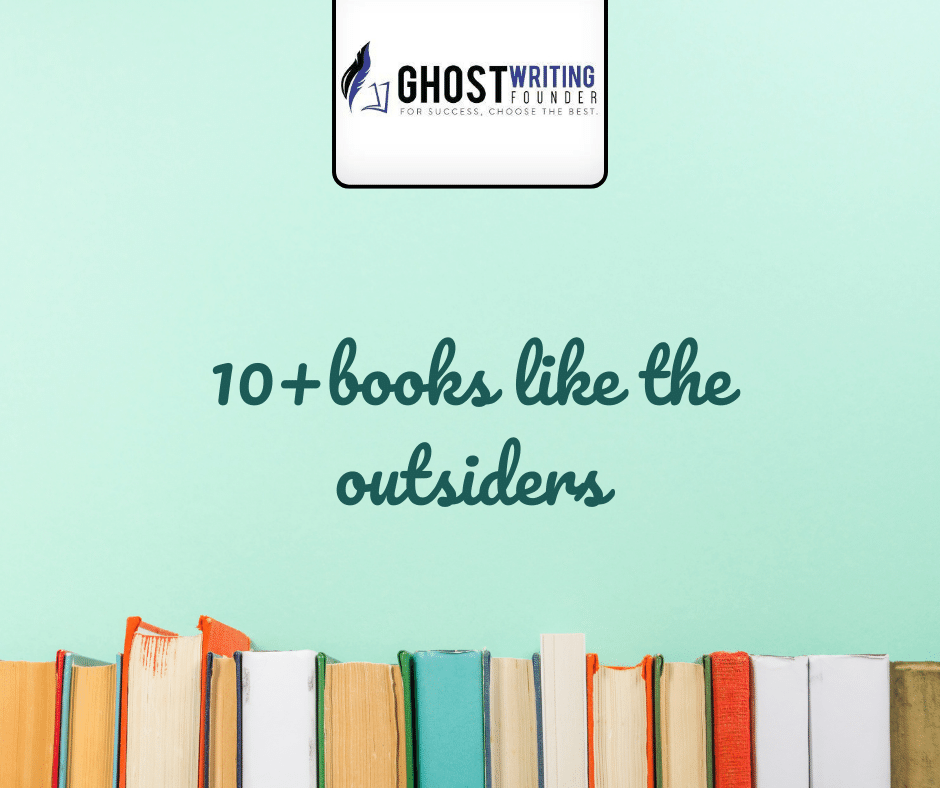





Leave a Reply